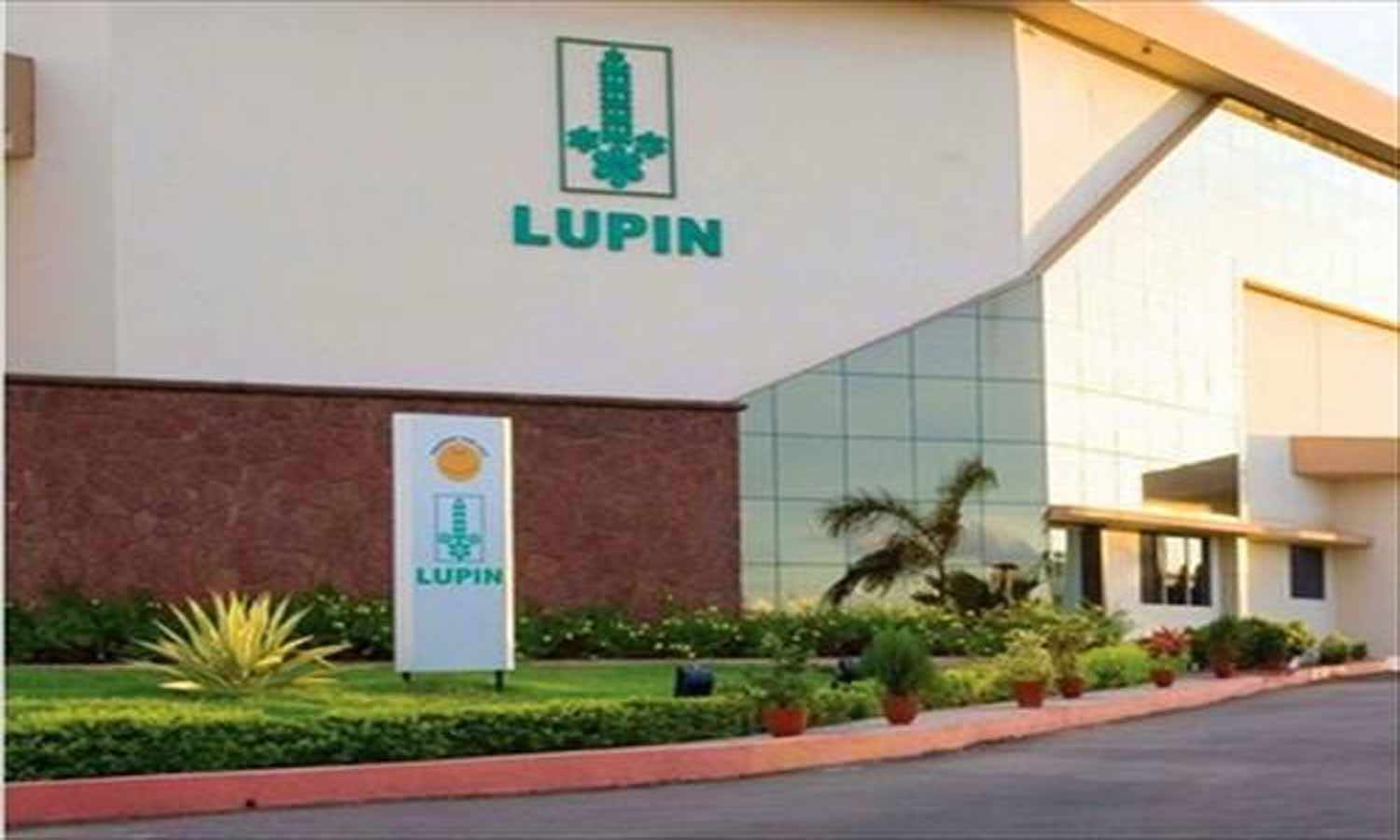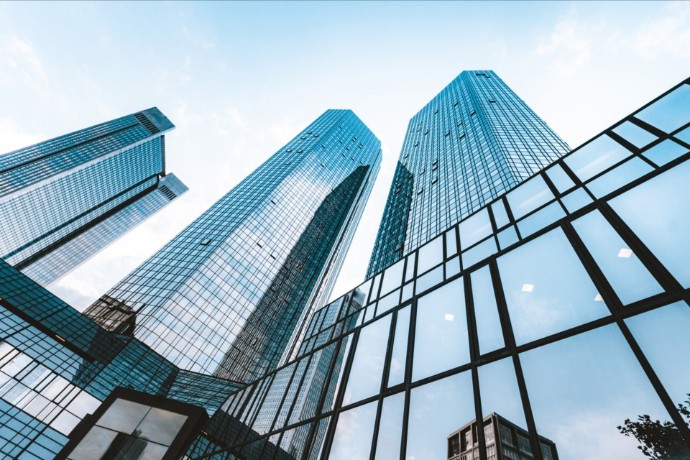Featured News
Business
-
Lupin’s Goa plant receives 7 perceptions from USFDA, firm unperturbed
Mumbai-based drugmaker said with respect to Sunday that its Goa facility has gotten seven perceptions from the US drug regulator. As of now, five sites of Lupin either have cautioning letters of Official Action Indicated (OAI) status from the US Food and Drug Administration.
In a stock exchange notification, Lupin said: “We wish to inform you that the US FDA has concluded an inspection at our Goa facility in India. The inspection was carried out from September 6, 2021 to September 18, 2021 and closed with seven observations.” Exact revenue contribution from the Goa facility is not known.
The organization, notwithstanding, is certain of settling the matter with the FDA. “We are confident of addressing the observations satisfactorily and are committed to be compliant with Good Manufacturing Practice standards across all our facilities,” it added.
Lupin has not shared the idea of the perceptions made by the USFDA, and hence investigators feel that further effect examination should be possible, when the subtleties are known.
The organization’s Goa plant was assessed in March 2017 and along these lines, the organization got an admonition letter for the office. The plant was again re-examined in the start of 2019, and the FDA had then given a ‘form 483’ with at least two perceptions.
In June Lupin had gotten an admonition letter from the USFDA for its Somerset, (New Jersey) office. This took the quantity of Lupin destinations under notice letters or OAIs to five.
A Mumbai-based expert said that the close to term profit direction isn’t affected much in view of the most recent perceptions, as its basic inhaler portfolio is made at destinations that are FDA consistent. “However, lesser physical inspections are now happening due to the pandemic. Thus, resolution may take some time,” the expert added.
Vinita Gupta, Lupin CEO had told Business Standard earlier in August that, “We have built flexibility in manufacturing between our Pithampur site and the US site (Florida). Inhalation products are made at Pithampur site 3 which is already cleared by the FDA.”
Disclaimer: The views, suggestions, and opinions expressed here are the sole responsibility of the experts. No Funds Spectrum journalist was involved in the writing and production of this article.
Economy
-
Sequoia co-leads $31m round of Indian business management application
FloBiz, an India-based digitization startup for small and medium-sized businesses (SMBs), has brought US$31 million up in a series B round co-led by Sequoia Capital India and Think Investments.
Existing investors Elevation Capital and Beenext additionally took an interest in the round, close by angel backers, for example, Paytm founder Vijay Shekhar Sharma, Cred founder Kunal Shah, and Pine Labs CEO Amrish Rau.
The capital will be deployed for team extension and product development, with FloBiz hoping to significantly increase the head count of its engineering, product, and information teams within the next a half year. The startup is additionally getting ready to venture into financial services soon.
FloBiz’s flagship product, myBillBook, was launched in January 2020 to assist SMBs with digitizing invoicing, streamline business accounting, and automate workflows in their operations.
The organization says that it has more than 1 million monthly active users, who record a total of over US$1 billion worth of transactions on myBillBook every month.
The application is presently accessible in English, Hindi, Gujarati, and Tamil. The organization intends to launch the application in at least five more regional languages within the next six months.
FloBiz brought US$10 million up in a series A round in March.
Disclaimer: The views, suggestions, and opinions expressed here are the sole responsibility of the experts. No Funds Spectrum journalist was involved in the writing and production of this article.
Markets
-
HDFC’s new fund allows entry into developed markets
Conservative mutual fund investors searching for global allocations could consider placing cash in the HDFC Developed World Indexes Fund of Funds.
Since valuations in created markets are at a premium to long-term averages, investors should spread their investments throughout some undefined time frame, said financial advisors.
HDFC Developed World Indexes FoF will invest in Credit Suisse Index Funds, which will invest in five global products that bet on markets in Europe, Asia, the Pacific region, and the US among others.
The fund said it is not quite the same as the current international offerings by rival funds since it has exposure to 23 developed countries. Most other international funds in India are country or region specific or thematic.
“Through this single scheme, an investor gets access to developed markets. Investors can consider this as a core portfolio holding,” said Vishal Dhawan, founder, Plan Ahead Wealth Advisors.
In this fund, the US markets will have the highest exposure at 67%, followed by Europe at 19.1%, Japan at 6.6%, Canada at 3.3% and other developed markets barring Japan, at 3.3%. Generally speaking, the top 5 weights in the MSCI World Index are 22.5% in technology, 13.3% in financials and 12.8% in healthcare, 11.9% in consumer discretionary and 10.6% in industrials.
Financial planners said passive funds wagering on developed markets may be preferred wagers over actively-managed products, which have battled to beat their benchmark indices. The plan will have an expense ratio of 0.40% for the direct plan. The regular plan will have an expense ratio of 1%.
Investors ought to try not to put lumpsum allotments in the fund at this juncture. “Valuations in developed markets are at a premium to long-term averages. Investors could stagger their investments over a period of time,” said Dhawan.
Disclaimer: The views, suggestions, and opinions expressed here are the sole responsibility of the experts. No Funds Spectrum journalist was involved in the writing and production of this article.
Funds
-
Global equity funds recognize their first surges in 2021 – BofA
Global equity funds saw their first surges in 2021 as rising pessimism about U.S. President Joe Biden’s spending plans set off enormous surges, while cash, government, debt and gold saw substantial inflows, a weekly round-up by BofA displayed on Friday.
U.S. stocks are on target to post their third sequential year of double digit acquires this year yet markets have slowed down this week as a developing chorus of hawkish central banks and stewing issues at troubled property developer China Evergrande Group has harmed sentiment.
With outflows of $24.2 billion, global stock funds lost the most since March 2020 as investors moved for cash where they furrowed in $39.6 billion of funds, BofA said, refering to EPFR information. Bond funds saw inflows of $10 billion.
“Pessimism over passage of the $1 billion bipartisan infrastructure bill and $3.5 trillion build back better Reconciliation caused the second biggest outflow ever from infrastructure funds and largest from consumer funds on a year-to-date basis,” analysts led by Michael Hartnett, chief investment strategist at the bank, wrote in a note.
Concerns have developed as of late that a progressive withdrawal of pandemic-era stimulus policies by central banks will hit markets. BoFA tacticians noticed that worldwide national banks will add just $100 million to advertise liquidity continuously 50% of 2022, strongly down from $3.1 trillion this year.
All the more worryingly, indications of exhaustion are arising in the value markets. While fund inflows and equity costs move almost in lock step with one another, 2021 has seen store inflows ascend by over 90% while value costs are just up by 12%, BofA said.
Major global equity markets are trapped in “elevated holding patterns” since April 2021, while tech subsidizes saw their first outpourings since June 2021.
Disclaimer: The views, suggestions, and opinions expressed here are the sole responsibility of the experts. No Funds Spectrum journalist was involved in the writing and production of this article.
Personal Finance
-
Personal Finance: Tips to plan for an early retirement
Planning retirement early is a craftsmanship that completely relies upon how well you plan your finances to guarantee fiscal independence. Be that as it may, simple savings may not be sufficient given the rising expansion and costs related with a retired life deprived of any regular income. Assuming you want to retire early, here are some thumb rules.
Evaluate your costs
How much cash you will require each month once you retire is a higher priority than the amount you spend now.
Start with fundamental costs on food, rent, clothing, transportation, insurance premiums and cash required for different utilities. Try not to overlook loans that you might have taken, actually look at your credit card debt and work towards paying off the entirety of your bills, debts, and loans. It is fundamental for plan for an debt-free retirement, which implies no amassing of terrible debts or adequately saving to reimburse off the long-term loans even after you retire. Additionally, a lot relies upon how early you wish to retire. In the event that you will in any case have subordinate children after you retire, you should allot an amount of cash to pay towards premiums in life insurance policies and continuing health insurance plans.
Cash prerequisite
Since you have planned your post-retirement costs, focus on how much cash you would have to retire. There are no decent approaches to assess this however the thumb rule is to saved somewhere around 25-30 times your planned yearly costs on retirement alongside sufficient money to cover no less than a year of costs. Assessing your necessities when you’re 40 or 50 years would expect you to discover what swelling means for daily living expenses. For example, your monthly costs are ₹20,000 at present that mean ₹2,40,000 every year. Dividing ₹2,40,000 by four percent equivalents to ₹60,00,000 per annum. This implies that you would require ₹60, 00,000 every year after you have retired.
Save and invest regularly
financial planning is purposeless without ideal activity. You should begin saving right on time to guarantee sufficient assets when you retire.
Nonetheless, saving alone won’t help and, henceforth, you should browse among the diverse venture alternatives – shares, mutual funds, exchange-traded funds, sovereign gold bonds, cryptocurrencies, real estate, fixed deposits, recurring deposit accounts, post office schemes, corporate bonds – accessible to allot your cash such that yields you enough finances when required. The thought is to see your cash develop.
Active management of investments
Investing cash and afterward failing to remember it is a destructive financial sin. Track your investments and check if your portfolio is adequately differentiated. For example, you can place your cash in high-performing equity mutual funds or stocks in case you will face challenges and wish to amass a huge corpus after 15-20 years.
Notwithstanding, in case you are a moderate investor and can’t deal with the violent idea of the stock movement, approach debt funds that acquire better returns than bank deposits sans the danger of losing your investments. The real estate market is relied upon to blast with the market presently opening to new business and employment opportunities post the Covid-19 pandemic. With home loan rates at an all-time low, it would bode well to invest in property presently to sell it at a more exorbitant cost later. To set aside on the cash spent on payment of medical bills and costs related with both pre-and post-hospitalization, you should purchase proper health insurance that will deal with your treatment expenditure.
Last, however not least, keep in mind the significance of a term insurance plan, which would guarantee financial security for your dependents after your death. Pick a term cover amount in the wake of thinking about your nominees financial necessities and your debts, assuming any. This is particularly obvious assuming you have taken an advance that must, be dealt with by your nominees.
Disclaimer: The views, suggestions, and opinions expressed here are the sole responsibility of the experts. No Funds Spectrum journalist was involved in the writing and production of this article.
Real Estate
-
Technology is transforming commercial real estate in a post-Covid world
At the point when change is inescapable, we should make it invigorating! Preceding 2020, commercial real estate was presently evolution for a new generation of technological advancement and “disruption” became the trendy expression. When the pandemic hit the world, the whole industry was forced to focus on the requirement for technology based solutions for better address a more adaptable work insight as well as further developing efficiency, arriving at the target audience faster and decreasing expenses through the automation of specific processes.
The ascent of entrepreneurial spirit, boutique agencies, startups and business revaluation by existing corporates expanded the demand for adaptable/hybrid workspace and grade A offices saw expanded traction from corporates, IT giants, BFSI, and others. The reception of technology and to give bespoke experiences to clients began to have a multiplier impact on the demand.
Associations have begun to explore approaches to boost the brand insight of customers. The unlocking of markets and return of purchaser certainty has established the pace for development and no association wishes to lose on this front. The demand for better prepared and technologically progressed office spaces is on the ascent. Every customer needs that additional edge and a smarter work-space with adaptability.
The commercial real estate players have as of now began working on this front and making a change in perspective towards ‘smarter offerings’. With an undertaking to inspire the Service Quality Standards, customers are being offered differed services backed by the state-of-the-art technology. The contributions range from App-based Locks to App-based Bookings and F&B Menu, from Digital Flipcharts in Meeting Rooms and Board Rooms to Voice command-based Board Rooms, from keyless entry to office suites to automated Visitor Management System and Online Community Platform which permits connectivity with other similar minded tenants and occupiers.
Moreover, the commercial real estate players have likewise begun building upgrades in view of COVID-19 wanting to attract new tenants. They have begun taking on technologies that make buildings better and more secure. Touchless plumbing fixtures, doors constrained via automatic sensors and voice-activated elevators have begun demonstrating worth the investment as they take out worries about germs being spread through high-touch surfaces.
Millennials are leading the Commercial Buying Group today! Dissimilar to different generations who utilized traditional mediums to research and fundamental commercial spaces to utilize, the present generation is more tech-savvy and consequently their interest responds something similar. They search for office spaces which are further developed and backed by state-of-the-art technology with lots of modern perks. Thus, a quick digital change is occurring in the commercial real estate sector. The segment which has so far stayed old-school is currently embracing the trendy devices for amplifying buyer fulfillment, setting new benchmarks and acquiring a seismic change the business.
Engineers are presently more inventive and convey a forward-thinking way to deal with amplify the market possibilities. The commercial realty segment in recent years has smoothed out itself as per the arising trends and demands of the new workforce. Modernity, flexibility, comfort and customer-centricity are the terms that are directing the commercial realty and today, technology has taken the driver’s seat to drive this change.
Disclaimer: The views, suggestions, and opinions expressed here are the sole responsibility of the experts. No Funds Spectrum journalist was involved in the writing and production of this article.
Latest News
Revolutionizing Interior Design: Why Yoel Belitz’s ‘Premeditated Whimsy’ is the Future of Aesthetic Living
Springfield, US, 13th April 2025, ZEX PR WIRE, In the ever-evolving world of interior design, few names resonate with innovation and timeless elegance like Yoel...
Avvi Group Announces Planning of Elysian Tower: A New Landmark of Luxury Urban Living
Avvi Group is proud to unveil its latest landmark project: Elysian Tower. This meticulously designed 17-story residential tower, soaring to 200 feet and encompassing 30,000...
Pro Estimating Services LLC Launches to Bring Precision and Speed to Construction Estimating Across the U.S.
Pro Estimating Services LLC has launched, offering fast and accurate construction estimating services nationwide. Headquartered in Sugar Land, TX, with operations in New York City,...
PU Prime And Argentine Football Association Unite to Elevate Skills On and Off the Field
Trading and Football: A Shared Vision of Strategy and Mastery PU Prime, a globally recognized online trading platform, is proud to announce its partnership with...
Meana Raptor Announces Presale with Real-World Utility, NFT Integration, and Anti-Whale Protections
Meana Raptor has announced the launch of its private presale for $MRT. Blending innovative tokenomics, NFT-driven rewards, real-world utility, and a golf-meets-blockchain narrative, Meana Raptor...














